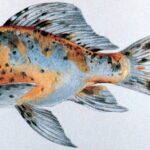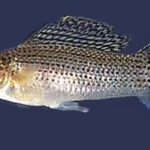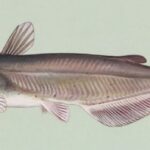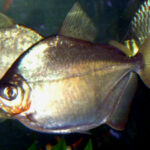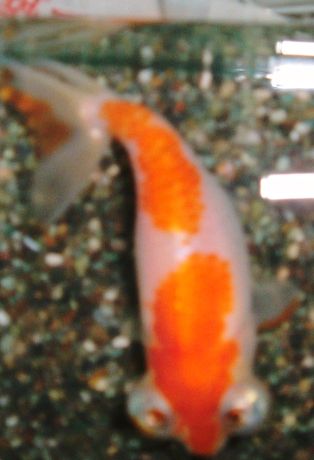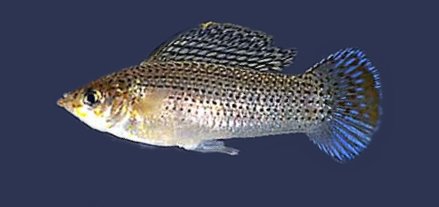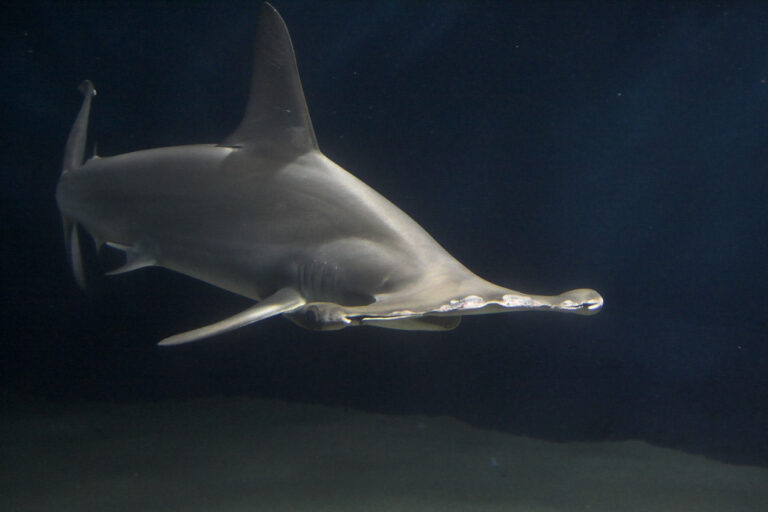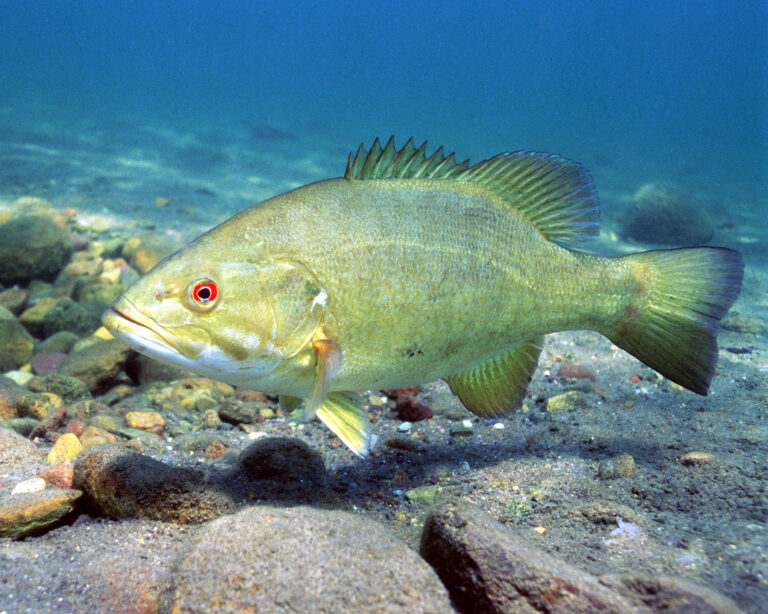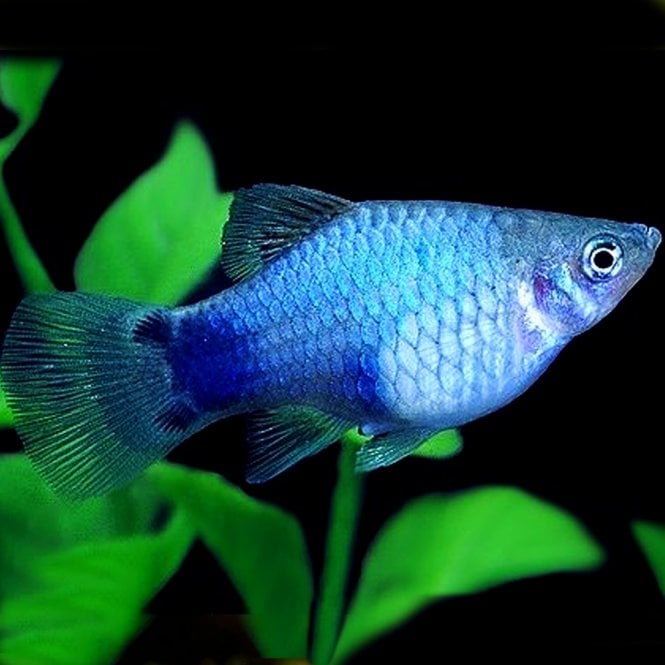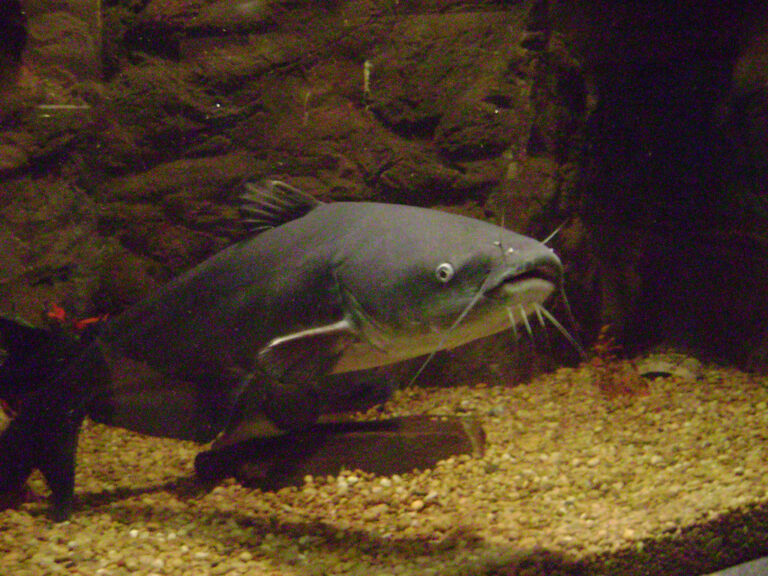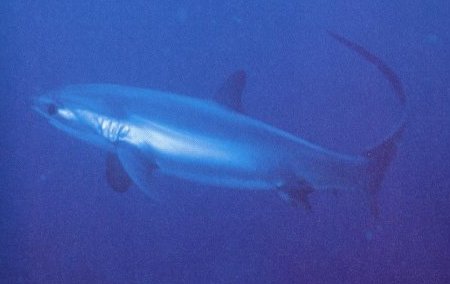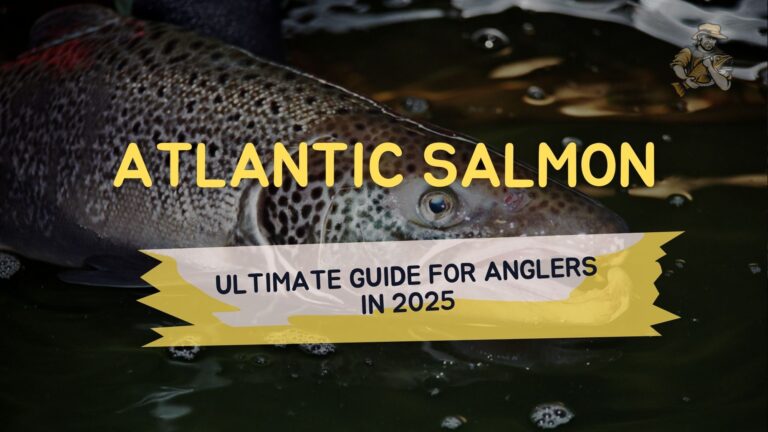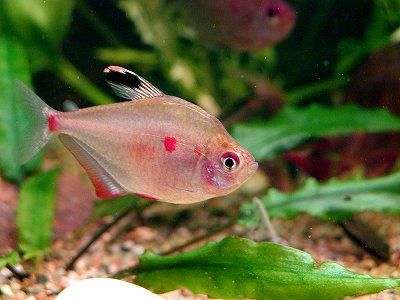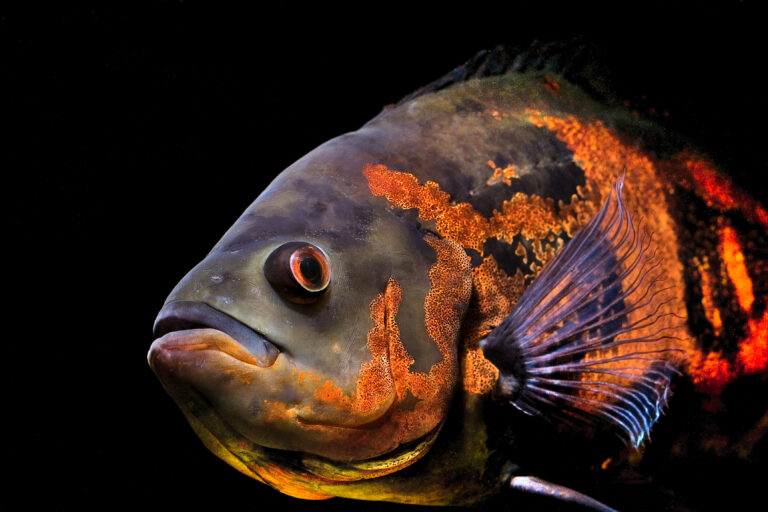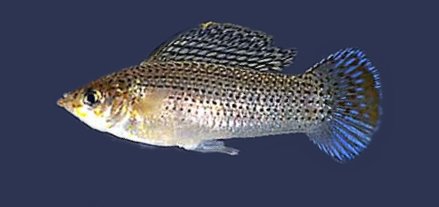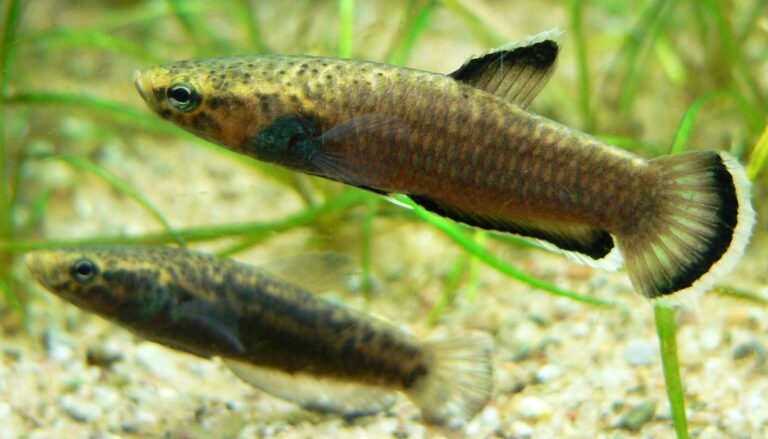Madtom Catfish
By Ryan Maron | Last Modified: July 6, 2025
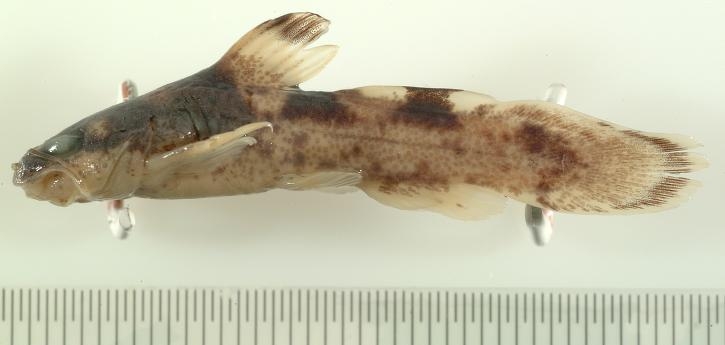
The Madtom Catfish represents one of North America’s most fascinating yet underappreciated groups of freshwater fish. These diminutive members of the family Ictaluridae, scientifically classified within the genus *Noturus*, comprise over 30 species that have adapted to diverse aquatic environments across the continent. Despite their small size, rarely exceeding 15 centimeters in length, Madtom Catfish play crucial ecological roles as both predators of aquatic invertebrates and prey species for larger fish, birds, and mammals. Their cryptic coloration, nocturnal behavior, and specialized habitat requirements make them essential indicators of freshwater ecosystem health. Many species face significant conservation challenges due to habitat degradation, dam construction, and water quality deterioration, with several populations listed under the Endangered Species Act.
| Feature | Details |
|---|---|
| Common Name | Madtom Catfish |
| Scientific Name | Noturus spp. |
| Family | Ictaluridae |
| Typical Size | 5-15 cm (2-6 inches), 10-50 grams |
| Habitat | Rocky streams, riffles, gravel beds |
| Diet | Benthic invertebrates, larvae |
| Distribution | Eastern and Central North America |
| Conservation Status | Varies by species – Least Concern to Critically Endangered |
Taxonomy & Classification
Madtom Catfish belong to the family Ictaluridae, which includes all North American catfish species. The genus *Noturus* was first described by Rafinesque in 1818, distinguishing these small catfish from their larger relatives. Currently, ichthyologists recognize approximately 31 valid species within the genus, though taxonomic revisions continue as genetic analyses reveal cryptic species and clarify evolutionary relationships.
The family Ictaluridae encompasses several genera, including the large Channel Catfish and Flathead Catfish species. However, *Noturus* species represent the smallest members of this family, having evolved specialized adaptations for life in fast-flowing, rocky environments. Molecular phylogenetic studies indicate that Madtom Catfish diverged from other ictalurids approximately 25-30 million years ago during the Oligocene epoch.
The genus exhibits remarkable diversity across North America, with species complexes that often challenge traditional morphological identification methods. Recent genetic studies have revealed that several presumed widespread species actually represent multiple distinct taxa, leading to ongoing taxonomic revisions. The Neosho Madtom (*Noturus placidus*) and Ozark Madtom (*Noturus albater*) exemplify this complexity, having been distinguished as separate species only through detailed morphometric and genetic analyses.
Physical Description
Madtom Catfish display the characteristic features of ictalurid catfish in miniature form. These fish possess eight barbels around their mouths, with the maxillary barbels being the most prominent. Their bodies are typically elongated and slightly compressed laterally, with a subterminal mouth positioned for bottom feeding. The head is relatively large compared to body size, comprising approximately 20-25% of total length.
The dorsal fin contains a sharp, serrated spine followed by 6-7 soft rays, while the pectoral fins feature similarly armed spines that can inflict painful wounds when handled carelessly. These spines connect to venom glands that produce toxins causing intense burning sensations in humans. The adipose fin, a distinguishing characteristic of the family, is well-developed and often connected to the caudal fin by a membrane or narrow isthmus.
Coloration varies significantly among species but generally follows patterns of cryptic camouflage. Most Madtom Catfish exhibit mottled brown, gray, or yellowish coloration with darker blotching or banding. The Freckled Madtom (*Noturus nocturnus*) displays numerous small dark spots across its body, while the Northern Madtom (*Noturus stigmosus*) shows more pronounced vertical banding. Sexual dimorphism is generally subtle, with breeding males often developing more intense coloration and slightly larger heads.
Habitat & Distribution
Madtom Catfish inhabit a diverse range of freshwater environments across eastern and central North America, from southern Canada to the Gulf Coast states. Their distribution extends from the Great Lakes region south through the Mississippi River basin and east to Atlantic coastal drainages. Each species typically occupies specific habitat niches, contributing to the genus’s overall ecological success.
Most species prefer flowing waters with rocky or gravel substrates, including streams, rivers, and occasionally lake margins with sufficient current. They seek shelter under rocks, in crevices, or among aquatic vegetation during daylight hours. Water temperature preferences vary by species, but most tolerate ranges from 10-28°C (50-82°F), with optimal temperatures falling between 18-24°C (64-75°F).
The Yellow Madtom (*Noturus flavus*) demonstrates the genus’s habitat versatility, occurring in both small streams and large rivers across the Ohio and Mississippi river basins. Conversely, the Smokies Madtom (*Noturus baileyi*) represents extreme habitat specialization, being endemic to specific tributaries within Great Smoky Mountains National Park. This narrow endemism makes many species particularly vulnerable to environmental changes.
Seasonal habitat use patterns reflect breeding requirements and temperature preferences. During winter months, Madtom Catfish typically move to deeper pools or areas with stable temperatures. Spring warming triggers upstream migrations to spawning areas, usually characterized by shallow riffles with suitable nesting substrate.
Diet & Feeding Behavior
Madtom Catfish are opportunistic bottom-feeders with diets consisting primarily of benthic invertebrates. Their feeding strategy relies heavily on chemoreception through their well-developed barbel system, allowing them to locate prey in turbid water or during nocturnal foraging periods. The subterminal mouth position and specialized pharyngeal teeth facilitate processing of hard-bodied invertebrates.
Primary prey items include aquatic insect larvae, particularly chironomids (midges), ephemeropterans (mayflies), trichopterans (caddisflies), and plecopterans (stoneflies). Small crustaceans such as amphipods and isopods comprise significant portions of their diet in appropriate habitats. Occasionally, they consume small mollusks, worms, and fish eggs when available.
Feeding activity peaks during twilight and nighttime hours when many invertebrate prey species become more active. This nocturnal behavior reduces competition with diurnal fish species and provides access to prey that emerge from substrate during darkness. Stomach content analyses reveal that feeding intensity varies seasonally, with peak consumption occurring during spring and early summer months.
Juvenile Madtom Catfish initially feed on microscopic organisms including copepods, cladocerans, and small insect larvae. As they grow, their diet shifts to include larger invertebrates, with adult feeding preferences established by approximately 30-40mm total length. This ontogenetic diet shift reflects both morphological constraints and prey availability patterns.
Behavior & Adaptations
Madtom Catfish exhibit several behavioral adaptations that enhance their survival in dynamic stream environments. Their cryptic coloration and secretive nature make them difficult to detect, while their ability to wedge themselves tightly into rock crevices provides protection from predators and strong currents. This thigmotactic behavior, or preference for contact with solid surfaces, is particularly pronounced during daylight hours.
Territorial behavior varies among species and habitat conditions. Some species, particularly during breeding season, establish and defend small territories around suitable nesting sites. Males typically exhibit more aggressive behavior than females, especially when guarding eggs or young. However, outside of breeding periods, many species show relatively peaceful coexistence in appropriate habitat.
The venomous pectoral and dorsal spines represent perhaps their most notable defensive adaptation. When threatened, individuals can lock these spines in an erect position while producing toxins that cause intense pain and localized swelling in predators. This defense mechanism proves particularly effective against bird and mammalian predators that might otherwise easily consume these small fish.
Seasonal movement patterns reflect reproductive requirements and environmental conditions. Many species undertake short-distance migrations within stream systems, moving to deeper pools during winter and returning to shallow spawning areas in spring. These movements rarely exceed a few kilometers but are crucial for completing life cycles in fragmented habitats.
Reproduction & Life Cycle
Madtom Catfish reproduction follows patterns typical of temperate freshwater fish, with spawning occurring during late spring and early summer months when water temperatures reach optimal ranges. Most species spawn between May and July, with peak activity coinciding with stable water temperatures of 20-25°C (68-77°F).
Males establish territories in suitable spawning habitat, typically under large rocks or in cavities that provide protection for developing eggs and larvae. Nest preparation involves cleaning selected sites and sometimes excavating small depressions in gravel substrate. Courtship behavior includes tactile stimulation using barbels and positioning displays to attract females to nest sites.
Females deposit adhesive eggs in clusters ranging from 25-200 eggs depending on species and individual size. The eggs are relatively large for fish of this size, typically 2-3mm in diameter, which reflects the lack of pelagic larval stage. Males provide exclusive parental care, guarding eggs and newly hatched larvae for 2-4 weeks until yolk absorption is complete.
Incubation periods vary with temperature but typically range from 6-12 days. Newly hatched larvae remain in nest cavities for an additional 7-14 days while absorbing yolk reserves. This extended parental care period is unusual among North American freshwater fish and contributes to relatively high survival rates despite small clutch sizes compared to related White Catfish species.
Sexual maturity is typically reached during the second or third year of life, corresponding to lengths of 40-60mm depending on species. Maximum lifespans vary but most species live 4-6 years under natural conditions, with some larger species potentially reaching 8-10 years in optimal habitat.
Predators & Threats
Despite their defensive adaptations, Madtom Catfish face predation pressure from various aquatic and terrestrial predators. Larger fish species including bass, pike, and other catfish consume Madtom Catfish, particularly juveniles that have not yet developed full defensive capabilities. Game fish such as smallmouth bass frequently prey on these small catfish, making them important components of aquatic food webs.
Avian predators pose significant threats, especially during shallow water periods when Madtom Catfish become more vulnerable. Herons, kingfishers, and other piscivorous birds have been documented consuming these fish despite their venomous spines. Mammalian predators including raccoons, mink, and otters also opportunistically prey on Madtom Catfish in shallow areas.
Habitat degradation represents the most serious threat to Madtom Catfish populations. Dam construction fragments stream systems and alters flow regimes essential for reproduction and survival. Sedimentation from agricultural runoff and construction activities degrades the rocky substrates these fish require for shelter and feeding. Water quality deterioration from agricultural chemicals, urban runoff, and industrial pollution further compromises habitat suitability.
Climate change impacts include altered precipitation patterns that affect stream flow regimes and increased temperature extremes that may exceed thermal tolerance limits. Drought conditions concentrate populations in reduced habitat areas while increasing vulnerability to predation and competition. Conversely, extreme flood events can displace individuals from suitable habitat and disrupt breeding cycles.
Several species face immediate extinction risks. The Scioto Madtom (*Noturus trautmani*) has not been observed since 1957 and is presumed extinct, while the Smoky Madtom remains critically endangered with extremely limited populations in Tennessee and North Carolina streams.
Conservation Status
Conservation status varies dramatically among Madtom Catfish species, reflecting their diverse habitat requirements and distribution patterns. According to the International Union for Conservation of Nature (IUCN), several species are classified as Critically Endangered or Endangered, while others maintain stable populations with Least Concern status.
The U.S. Fish and Wildlife Service currently lists four Madtom Catfish species under the Endangered Species Act. The Carolina Madtom (*Noturus sp.*) receives federal protection due to extremely limited distribution and ongoing habitat threats. The Neosho Madtom and Ozark Madtom both face significant challenges from habitat modification and are subject to specific recovery plans aimed at population restoration.
Conservation efforts focus primarily on habitat protection and restoration. Stream restoration projects target riparian buffer establishment, sediment reduction, and fish passage improvement around existing dams. Water quality monitoring programs help identify pollution sources and guide remediation efforts in critical watersheds.
Several states have implemented specific protection measures for endemic Madtom Catfish populations. Tennessee, North Carolina, and other southeastern states have designated critical habitat areas and implemented fishing restrictions to protect vulnerable populations. Research programs continue to monitor population trends and identify previously unknown species that may require protection.
Captive breeding programs have shown promise for some species, though the specialized habitat requirements of Madtom Catfish make reintroduction efforts challenging. Success depends on maintaining appropriate water quality, substrate conditions, and flow regimes in receiving waters.
Human Interaction
Human interactions with Madtom Catfish are generally limited due to their small size and secretive nature. Unlike larger catfish species that support significant recreational and commercial fisheries, Madtom Catfish have minimal direct economic value. However, their ecological importance as indicators of aquatic ecosystem health makes them valuable for environmental monitoring and assessment programs.
Accidental encounters typically occur during scientific collecting, electrofishing surveys, or while handling caught fish. The venomous spines can inflict painful wounds that persist for several hours, earning these fish respect among researchers and occasional anglers who encounter them. Proper handling techniques involve careful grip placement to avoid spine contact.
Educational programs increasingly highlight Madtom Catfish as examples of freshwater biodiversity and conservation challenges. Their status as indicators of clean, well-oxygenated water makes them valuable for teaching watershed protection concepts. Several species serve as flagship species for broader stream conservation initiatives.
Research applications include water quality monitoring, habitat assessment, and biodiversity surveys. Their sensitivity to environmental changes makes Madtom Catfish populations useful indicators of ecosystem health trends. Long-term monitoring programs track population changes in response to conservation efforts and environmental modifications.
The aquarium trade has minimal impact on wild populations due to their specialized requirements and limited appeal compared to more colorful species. However, specialized collections focused on North American native fish sometimes maintain Madtom Catfish for educational and research purposes.
Interesting Facts
Madtom Catfish possess several remarkable characteristics that distinguish them from other freshwater fish species. Their venomous spines produce toxins containing compounds similar to those found in bee stings, causing intense burning sensations that can persist for several hours. This unusual defense mechanism among freshwater fish has evolved independently in only a few fish families worldwide.
The parental care behavior exhibited by male Madtom Catfish is exceptionally rare among North American freshwater fish. Males guard their offspring for weeks after hatching, a behavior more commonly associated with marine species or tropical freshwater fish. This extended care period significantly increases juvenile survival rates compared to species that provide no parental protection.
Some species demonstrate remarkable site fidelity, with individuals remaining in the same general area for their entire lives. Radio tracking studies have documented home ranges of less than 100 meters for some populations, making them highly vulnerable to localized habitat disturbances. This limited mobility contrasts sharply with the extensive migrations undertaken by their larger catfish relatives.
Madtom Catfish exhibit unique sensory capabilities that allow them to detect minute chemical gradients in flowing water. Their barbel system contains thousands of chemoreceptors capable of detecting prey concentrations as low as parts per billion. This sensitivity helps them locate food in turbid water conditions where visual hunting would be impossible.
Several species display remarkable longevity relative to their small size, with some individuals living over eight years. This extended lifespan, combined with delayed sexual maturity, makes populations particularly vulnerable to environmental disturbances that affect multiple year classes simultaneously.
Frequently Asked Questions
Are Madtom Catfish dangerous to handle?
While not life-threatening, Madtom Catfish can inflict painful wounds through their venomous pectoral and dorsal spines. The toxins cause intense burning sensations lasting several hours. Proper handling techniques involve gripping the fish behind the head while avoiding spine contact. Immediate treatment includes soaking the affected area in hot water to denature the venom proteins.
Can Madtom Catfish be kept in home aquariums?
Madtom Catfish require specialized care that makes them challenging aquarium subjects. They need cool, well-oxygenated water with strong current flow and rocky substrate. Most species are also protected by state or federal regulations that prohibit collection from wild populations. Their nocturnal nature and cryptic appearance make them less appealing than other Corydoras Catfish species for display purposes.
How can anglers distinguish Madtom Catfish from young bullheads?
Madtom Catfish can be distinguished from juvenile bullheads by their smaller adult size, more pronounced connection between the adipose and caudal fins, and distinctive color patterns. Madtoms typically have more mottled or banded coloration compared to the more uniform coloration of Yellow Bullhead juveniles. Additionally, the venomous spines of Madtoms produce more intense pain reactions than those of bullheads.
What role do Madtom Catfish play in stream ecosystems?
Madtom Catfish serve as important intermediate predators in aquatic food webs, controlling populations of benthic invertebrates while providing prey for larger fish, birds, and mammals. Their sensitivity to water quality changes makes them valuable indicator species for ecosystem health. Their feeding activities also help process organic matter and recycle nutrients within stream systems.
Conclusion
Madtom Catfish represent remarkable examples of evolutionary adaptation and ecological specialization within North American freshwater systems. Their role as both predators and prey species makes them integral components of aquatic food webs, while their sensitivity to environmental changes provides valuable insights into ecosystem health. Despite their small size, these species face disproportionately large conservation challenges that require continued research, habitat protection, and restoration efforts to ensure their survival for future generations.
Share The Article:
More Fish Species:
-
Celestial Eye Goldfish
The Celestial Eye Goldfish represents one of the most distinctive varieties within ornamental aquaculture, known scientifically as Carassius auratus….
-
Molly Fish
The Molly Fish represents one of the most adaptable and ecologically significant freshwater species in tropical and subtropical regions…
-
Hammerhead Shark
The Hammerhead Shark represents one of the most distinctive and fascinating apex predators in marine ecosystems worldwide. These remarkable…
-
Smallmouth Bass
The Smallmouth Bass represents one of North America’s most prized freshwater game fish, combining impressive fighting ability with remarkable…
-
Blue Platy
The Blue Platy (Xiphophorus maculatus) stands as one of the most recognizable and culturally significant freshwater fish species in…
-
Blue Catfish
The Blue Catfish (Ictalurus furcatus) stands as North America’s largest freshwater catfish species and represents one of the continent’s…
Discover
-
Pelagic Thresher Shark
The Pelagic Thresher Shark stands as one of the ocean’s most distinctive and efficient predators, renowned for its dramatically…
-
Night Fishing for Beginners: Expert Techniques That Actually Work
My first night fishing trip was an absolute disaster. Picture this – fifteen-year-old me, armed with a rusty flashlight…
-
Fly Fishing in the UK: Top Rivers and Seasonal Patterns
After nearly three decades casting flies across waters from Michigan to Maine – and now spending several weeks each…
-
Texas Saltwater Fishing: Essential Tips From Adam
It was June 2010, and man was I cocky heading into that first Texas saltwater trip. Drove down from…
-
Types of Ocean Fishing: Complete Guide for Beginners
There’s something magical about standing at the edge of the vast ocean with a fishing rod in hand. I’ve…
-
Best Fishing Spots in California: Lakes, Rivers, and Coastal Hotspots
California fishing has always struck me as a study in beautiful contradictions. From snow-fed alpine lakes to sweltering desert…
Discover
-
Atlantic Salmon: Ultimate Guide for Anglers in 2025
For as long as I can remember, I’ve been captivated by Atlantic salmon fishing. There’s something almost mystical about…
-
Bleeding Heart Tetra
The Bleeding Heart Tetra represents one of the most distinctive and peaceful freshwater fish species in the aquarium trade,…
-
7 Shark Fishing Tactics That Actually Work (Expert Guide)
Shark fishing remains one of those bucket-list experiences that separates casual anglers from the truly adventure-hungry. But here’s the…
-
Oscar Fish
The Oscar Fish (*Astronotus ocellatus*) stands as one of South America’s most recognizable freshwater cichlids, earning widespread recognition both…
-
Black Molly
The Black Molly represents one of the most recognizable and enduring species in the freshwater aquarium trade, captivating both…
-
Betta Fish
The Betta Fish, scientifically known as Betta splendens, is one of the most visually captivating and widely recognized freshwater…

